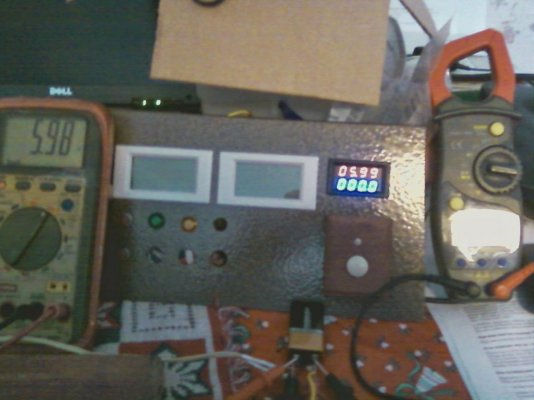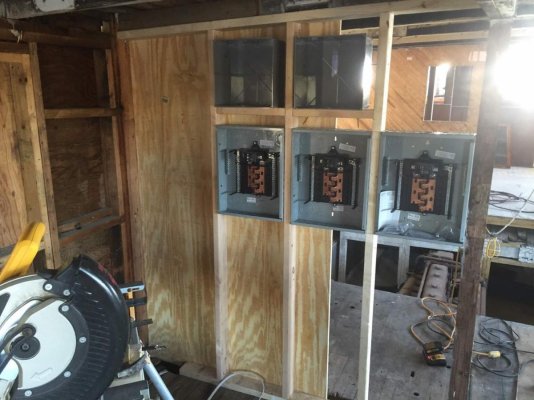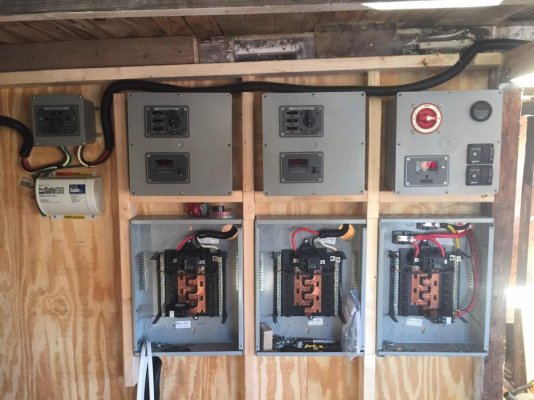Lou_tribal
Guru
Hi TFers,
reading some threads one question came to my mind.
Why can we not use AC or DC breaker made for house aboard a boat?
I know that boat ones are ignition protected but does it matter that much? Let me clarify my point. My trawler is diesel so no dangerous gasoline vapor that can ignite, and my breakers are on my distribution panel not in my ER anyway or near any tank or fuel line or anything that could ignite so easilly. So why is that the ignition protection is so important aboard?
Would be happy to get input from you experts!
L.
reading some threads one question came to my mind.
Why can we not use AC or DC breaker made for house aboard a boat?
I know that boat ones are ignition protected but does it matter that much? Let me clarify my point. My trawler is diesel so no dangerous gasoline vapor that can ignite, and my breakers are on my distribution panel not in my ER anyway or near any tank or fuel line or anything that could ignite so easilly. So why is that the ignition protection is so important aboard?
Would be happy to get input from you experts!
L.

 etc.
etc.



